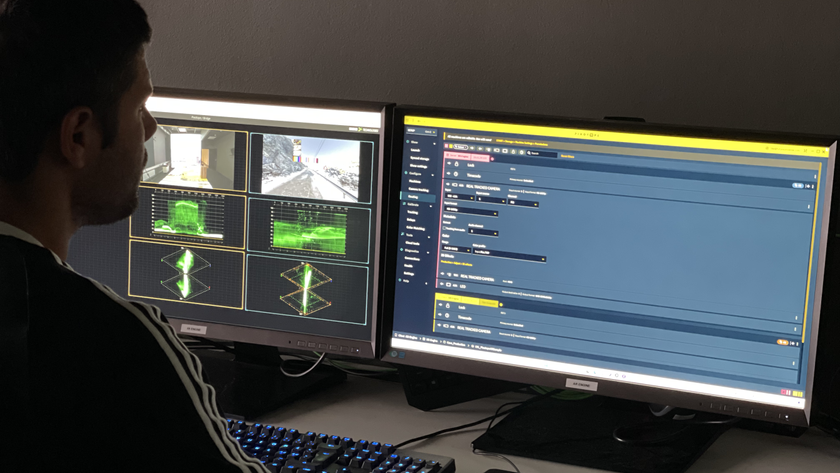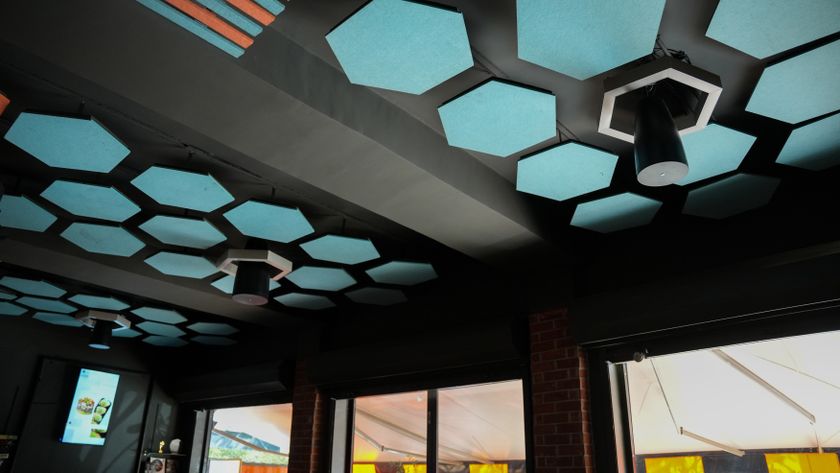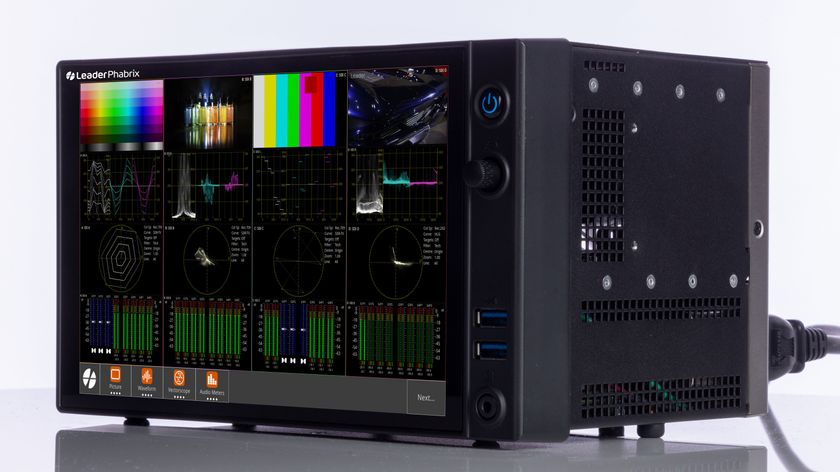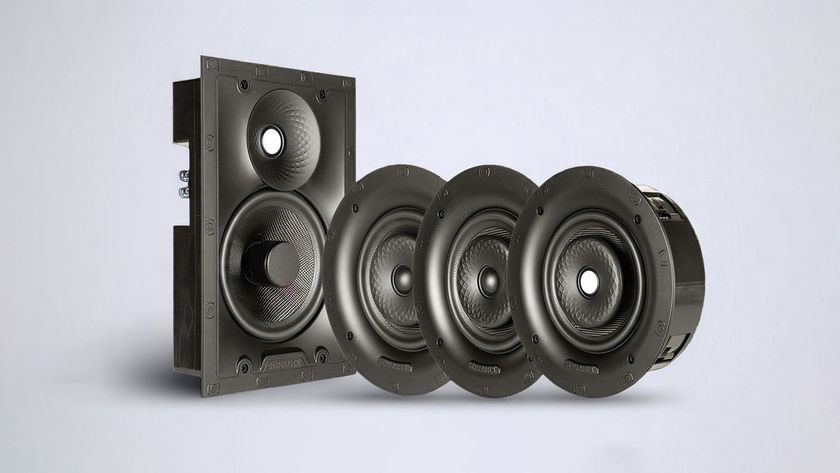Helping Facility Tech Directors Manage and Monitor Energy Usage, Operational Status, and System Health.
The key first step in predicting, preventing, or solving any problem—from big societal woes like crime and disease, to the disturbances that can pop up in our AV ecosystems—is having good information. In epidemiology and criminology, of course, the quest to acquire more and better information is always going to be a struggle. In our industry, though, the Internet and network technologies are giving system integrators and their clients access to more and better data than ever before, on an easily accessible, immediate basis.
Various IP-enabled systems offer surge protection, diagnostics, usage/status reports, and the potential for energy savings.Two of the bright spots on the IP-enabled product landscape are in the realm of power management and energy monitoring. The ability to remotely schedule events, monitor triggers, and access alerts via intuitive user interfaces—whether they are on computers or smart mobile devices—is creating a new kind of smart power, the benefits of which are numerous.
Multi-facility power protection/management: Businesses and institutions with multiple locations can monitor and manage the power and energy data from anywhere, through one simple flyover UI. If energy usage is spiking in one location or a significant number of over-voltages are hitting somewhere else, alerts can be sent to take the necessary action.
Power plans: Adequate surge protection should already be part of any power plan, but IP connectivity allows much more. In the case of an outage, unexpected failure, or even a massive surge, immediate actions can be triggered, including switching to an uninterruptible power supply for safe shutdown or transfer to a generator for backup power. An email or text can be sent immediately for potential troubleshooting. For energy savings, a power plan can include shutting down electronics at a time when they are never being used, like overnight. This reduces "Vampire power" consumption, an easily avoidable expenditure.
Adjust usage patterns: In many locations, the demand on the grid at any given time determines the price of power. If working with a client flexible enough to run equipment off hours, smart grid products, combined with an IP power management system, can allow you to determine when energy is least expensive and schedule the most power-hungry events at the most affordable times. Integration with an automation system can add to the efficiency with options like auto-dimming lights, and shade controls for smartly dealing with solar heat.
Power health check-ups: Everyday office occurrences like the cycling of office printers or barroom blenders can affect the performance and lifespan of sensitive AV and network equipment on the same circuit. Diagnostic reports offer data about energy usage, temperature, over-voltages, current draw measurements, and more. Through analysis, data patterns showing small, consistent problems can be detected before they become catastrophic, leading to a healthier system overall.
Remote troubleshooting: Raise your hand if you enjoy truck rolls that end in simply rebooting a problematic device. Alerts and user-defined actions like auto-reboot have made troubleshooting more efficient, since problems can often be identified and fixed quickly. If a field visit is required, diagnostics can identify exactly what needs to be fixed so integrators can show up prepared and troubleshoot quickly.
IP-enabled systems that offer surge protection, diagnostics, usage/status reports, and the potential for energy savings are creating opportunities for power management that were never available before. They may not be single-handedly solving the world’s bigger problems, but a smart power plan will improve system AV health and longevity for commercial and industrial clients, and every little bit helps.
Shannon Townley is president of SurgeX and Energy Intelligence Solution Sales.











